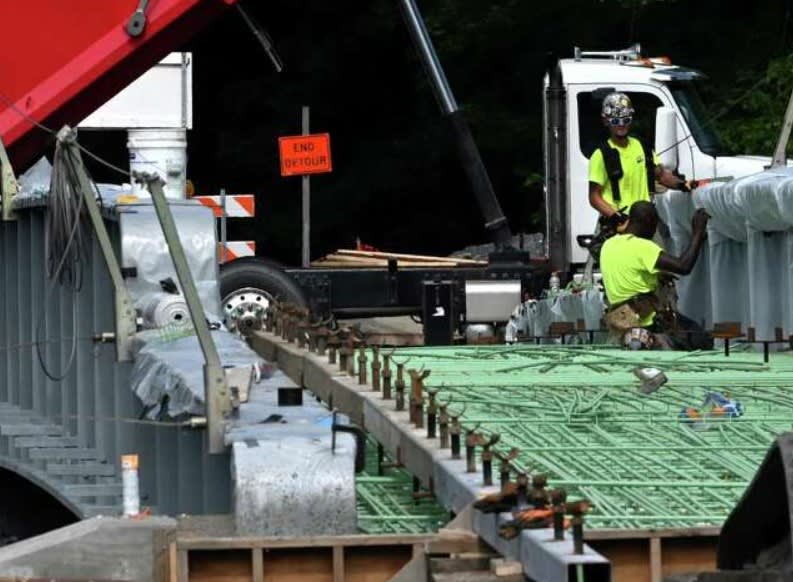bridgebuster
Active member
- Jun 27, 1999
- 3,969
Follow along with the video below to see how to install our site as a web app on your home screen.
Note: This feature may not be available in some browsers.
FacEngrPE (Mechanical) 14 Jul 23 22:53 said:The compression forces will not stay in the upper flange S bend. It would be quite difficult to design reinforcement that would work here.

